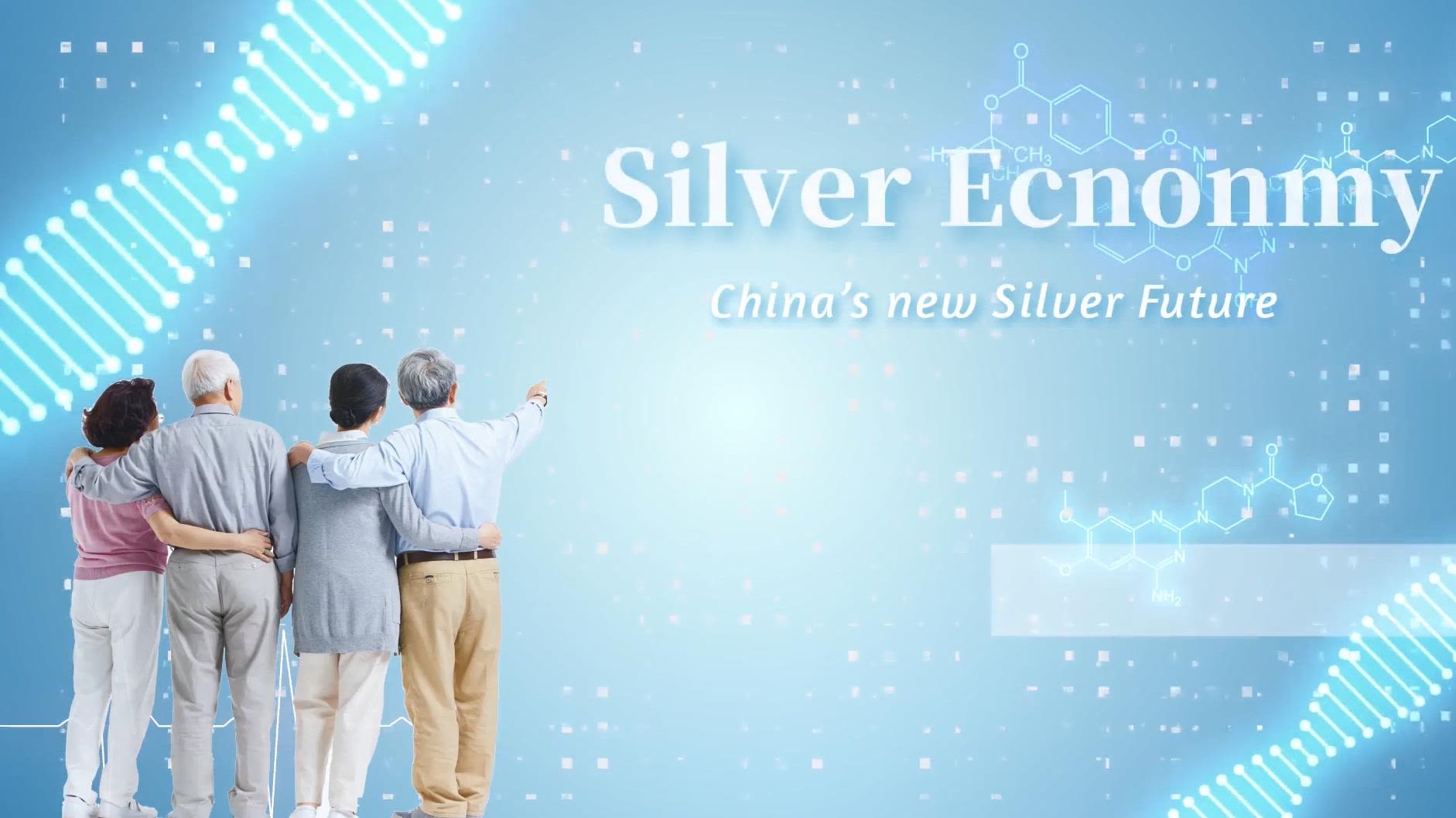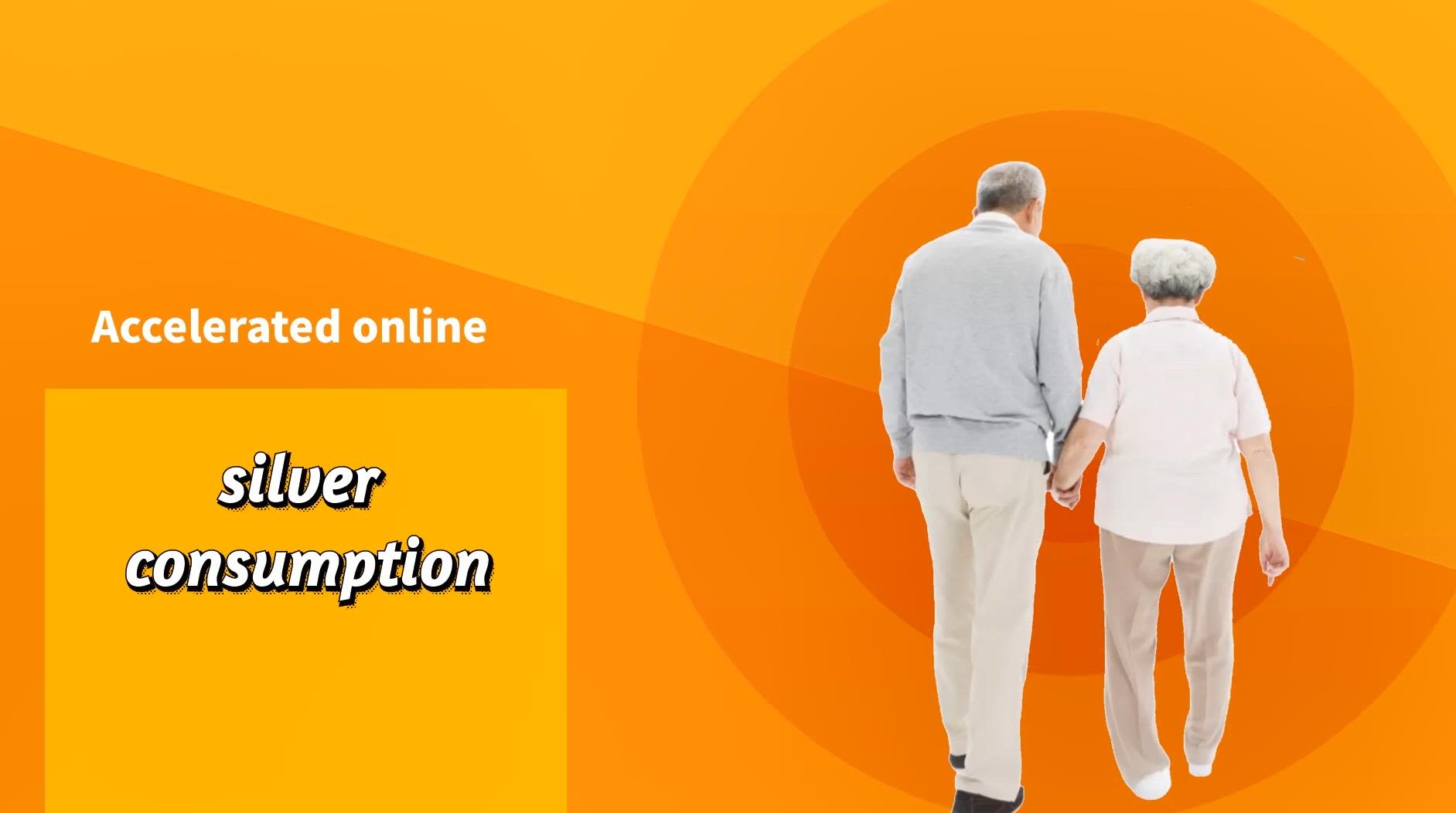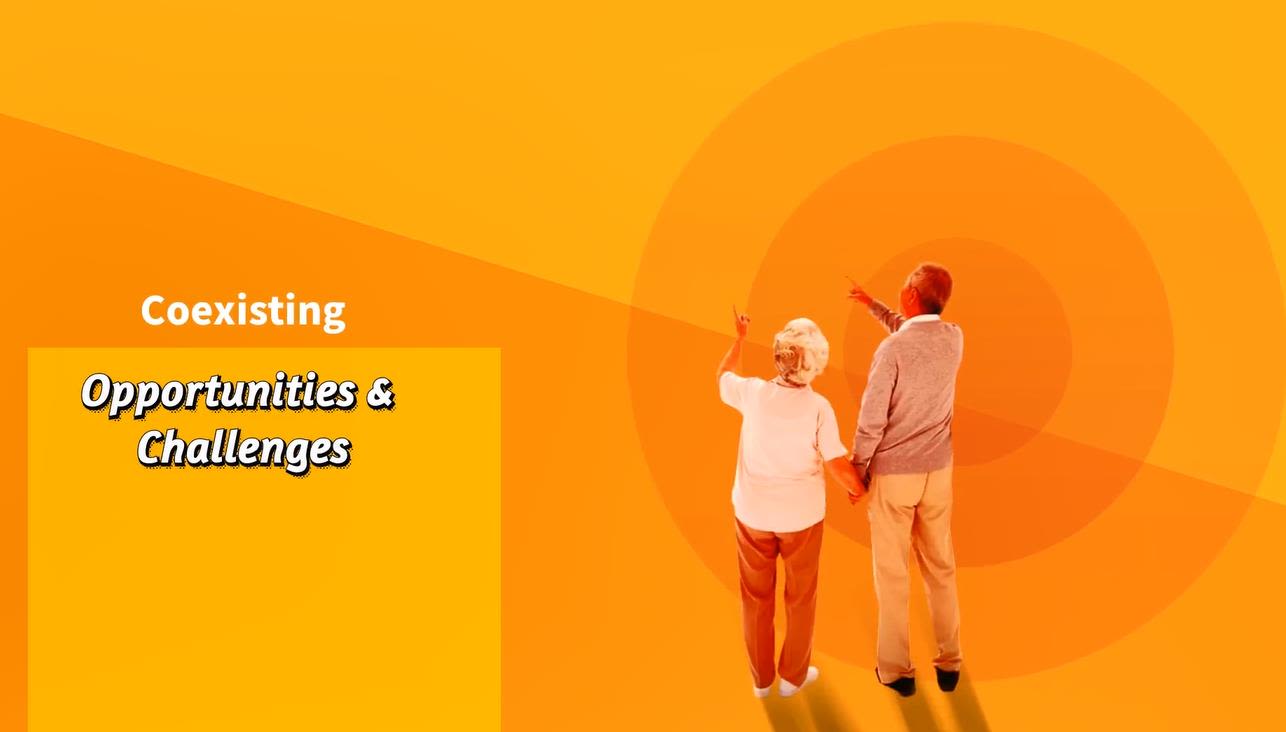
On Douyin, the Chinese version of tiktok,creators over 60 years old have cumulatively posted more than 600 million videos; On Taobao, The travel consumption of the post-60s generation is three times that of the post-00s; Even an 80-year-old lady wearing a cheongsam overseas has become an Internet celebrity overnight...... many similar events like these have been hot topics on Chinese social sites in recent years.
As China's population of people over 60 years old and over has exceeded 260 million, accounting for nearly 19% of the total, the diversified life and consumption of the elderly have received more attention. Due to falling birth rates and rising life expectancy, experts from the Global Aging Alliance predict that the silver economy will flourish in a growing market.
What is driving its growth? What are the characteristics of Silver Consumption? While the elderly are becoming the fastest-growing segment of online shoppers, are there challenges such as the digital divide, online fraud coexist? This is a word cloud of the most relevant keywords about the silver economy from Baidu.com. Read on to learn more.

"The silver economy market is developing rapidly, and its role in China will become more and more important in the aging society."

The prerequisite for the development of the silver economy is closely related to the number of silver consumers, that is, the proportion of the aging population in China. Under the influence of the decades-long family planning policy implemented in 1982, the age structure of China's population has gradually undergone tremendous changes. With the decline in marriage and fertility rates, China's population aging problem has become more serious now, which leads to varying degrees of aging across the whole country. Therefore, the rapid growth in the number of silver consumers has brought different levels of market demand in various regions of China and has provided a population basis for the expansion of the silver market.
On the left is the distribution of people over 60 years old in various regions of China. Statistics show that the highest density of silver consumers is in the east, accounting for 41%.
On the right is the proportion of people over 60 years old in each region of China. Statistics show that the proportion of the elderly is highest in northeast China, accounting for 24%.
Although the aging trend has exacerbated the burden on society in many aspects, it is also bringing new development trends. Take the most severely aging East China region as an example,according to the "Silver Consumption Trend Report" released by JD.com, the consumption of senior citizens in East China accounts for more than 43% of the total. In the short term, more seniors are trying to integrate into fashion and digital life. According to iiMedia Research, in 2019, the proportion of seniors with travel intention reached 87% in China, and two-thirds of them travel 3-5 times a year. In 2021, 24% of the elderly are used to buying health products online. In the long run, an aging society has promoted the development of the silver economy and brought new opportunities in the industry, which is expected to become a new driving force for China's future economic growth. According to experts from the Chinese Academy of Social Sciences, the "silver economy" has stepped into a golden period of development. This is particularly prominent in the growth of seniors' online consumption.

During the Covid-19, the learning and use of the Internet by the seniors have accelerated. According to the latest report released by CNNIC, the proportion of netizens aged 50 and above has reached 28.0%, and netizens aged 60 and above accounted for 11.2 percent, or 110 million out of a total of 989 million. The growth of Internet users is shifting from the youth to the elderly. Meanwhile, it is worth noting that the elderly experience a very high rate of fraud during online shopping and rarely report to the police. The following is a case map and a dashboard related to silver consumer behavior.
The dashboard reflects the characteristics of the senior's online consumption. what are the decision-making factors behind their behavior? A report released in 2019 from the Hong Kong Trade Development Council showed that when silver group people consume, they are most concerned about product safety, product cost-effectiveness, and age matching. Among them, product safety is the most important. On the left is an index graph of the factors that influence their consumption decisions.

The government has issued a series of favorable policies, providing certain support to boost the development of the silver economy. In 2020, just the number of new companies with more than 10 million yuan registered capital, which targeted the Silver Economy, has reached more than 1900. By 2050, the consumption potential of China's elderly population will increase from 4 trillion yuan to about 106 trillion yuan, accounting for 33% of GDP. But it’s worth noting that there are both opportunities and challenges.
According to Professor Wu from Wuxi University, although the proportion of the elderly's online consumption has increased, it is precisely the digital divide that hinders the further development of the silver economy. In the past two years, there have been many volunteers in communities helping the elderly to use mobile phones. However, these community volunteers only help them adapt to using smartphones to do something, rather than solving the fundamental problem. The elderly's needs are not only font styles and button sizes, but also aging operating habits and usage logic, which are difficult to be directly adopted by technology companies. Last November, under the promotion of national policies, more than 40 mainstream apps launched the "senior-friendly version" to help bridge the "digital divide".
In addition to the digital divide, another challenge facing the development of the silver economy is online shopping fraud against the elderly. Their fraud rate is very high, and 67% of them have encountered it when shopping online. However, only 2% of them report crimes.
China needs to exchange experience with the international market to develop its silver economy. According to the "Silver Economy report" jointly issued by the Oxford Institute and the European Commission, one-third of Europeans will be over 65 years old by 2060, and the Silver consumption will reach 5.7 billion euros by 2025, accounting for 32% of EU GDP.